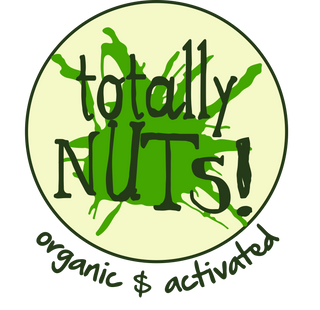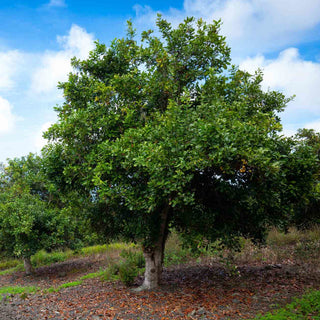We are lovers of all things nuts, but have a particular appreciation of the Macadamia. Macadamias have a creamy delicious taste, excellent nutritional benefits, and are of course native to Australia. It seems appropriate therefore to take a moment to learn about and appreciate the beauty of the Macadamia tree...
There are actually four species of Macadamia, and all are endemic to the rainforested regions of south-east Queensland/ northern NSW. (There used to be more trees in the Macadamia genus, but they have now been reclassified). Two of the four species contain cyanogenic glycosides - which in normal English means they are super poisonous! The other two - Macadamia integrifolia and Macadamia tetraphylla are both grown commercially for their nuts. They are the only international food crop native to Australia.
The trees will grow to a maximum of 12m, producing flowers in long slender racemes (which means little flowers on a dangly stalk, essentially). The fruits are very very well protected. They have a green outer covering, inside which is the hard inner shell. This is the world's hardest edible nut to crack and has mechanical properties similar to aluminium (!!). Special nut crackers are required to get to the kernel. In South Africa, the average wastage after cracking is 72.4%. So only 27.6% of the harvested nuts end up being saleable! This may explain why the macadamia is the most expensive nut in the world.
Macadamias first hit the world stage as a commercial food crop in the 1920's thanks to an enterprising Englishman who imported seeds from Australia to Hawaii. As of 2024, South Africa is the largest global producer of macadamia nuts.
And a last relatively useless but fun nugget of information.... Macadamia trees were named by a German-Australian botanist in honour of a Scottish-Australian chemist, teacher and politician called John Macadam (who was based in Victoria, not Queensland, and had nothing to do with plants, but there you go...)
Sources:

